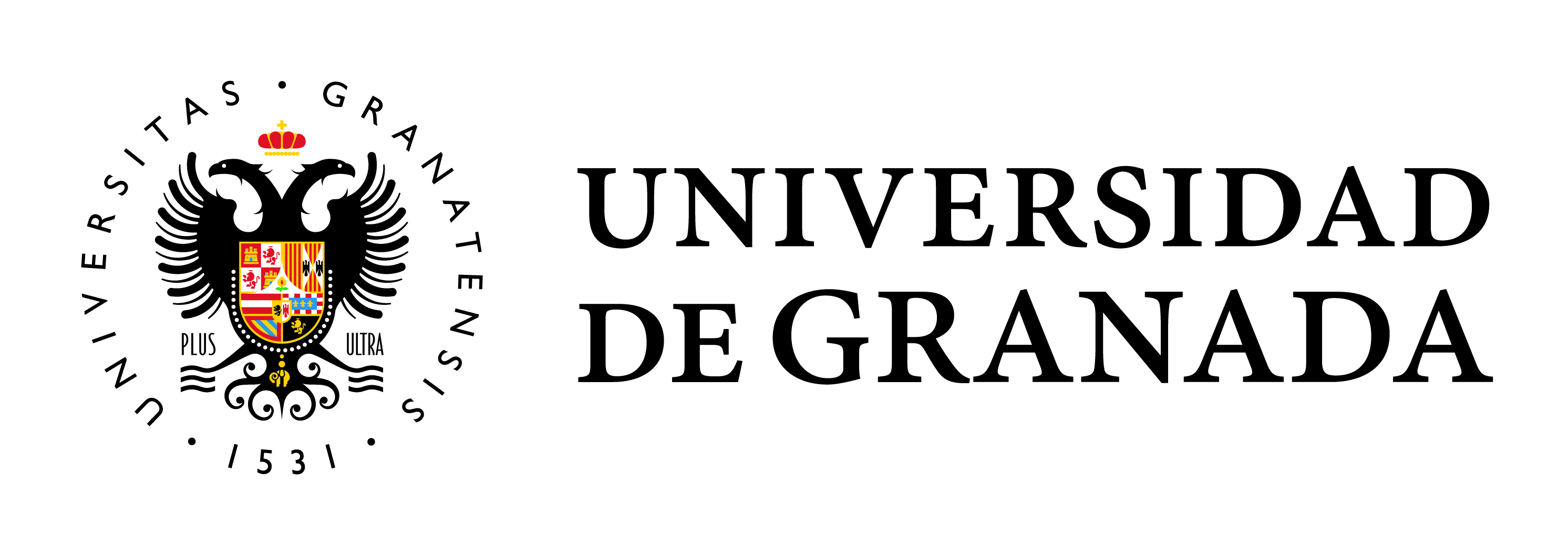Composition and change in Spain socio demographic behavior at the beginning of a Second Demographic Transition
Main Article Content
Abstract
The family typology and the main variables that register natural dynamics have experienced great changes since the eighties of the last century, showing new behaviors that, together with the importance of external migratory flows, respond to the parameters of the so-called Second Demographic Transition. Analyzing the intensity of these transformations and the different rhythms that they have followed from a territorial perspective at provincial and municipal level are the objectives of this work, for which we have resorted to an extensive review of the statistical sources available since 1985 and its mapping, highlighting the provincial contrasts and the particularities of the urban and rural areas. Based on the study of nuptial behavior and the increase in divorce, as well as the growing importance of new family models, the loss of relevance of natural growth has been recorded in relation to the migratory balance in the recent evolution of the population, confirming the consolidation of a demographic regime whose main defining variables are already similar to those registered in Western Europe.


